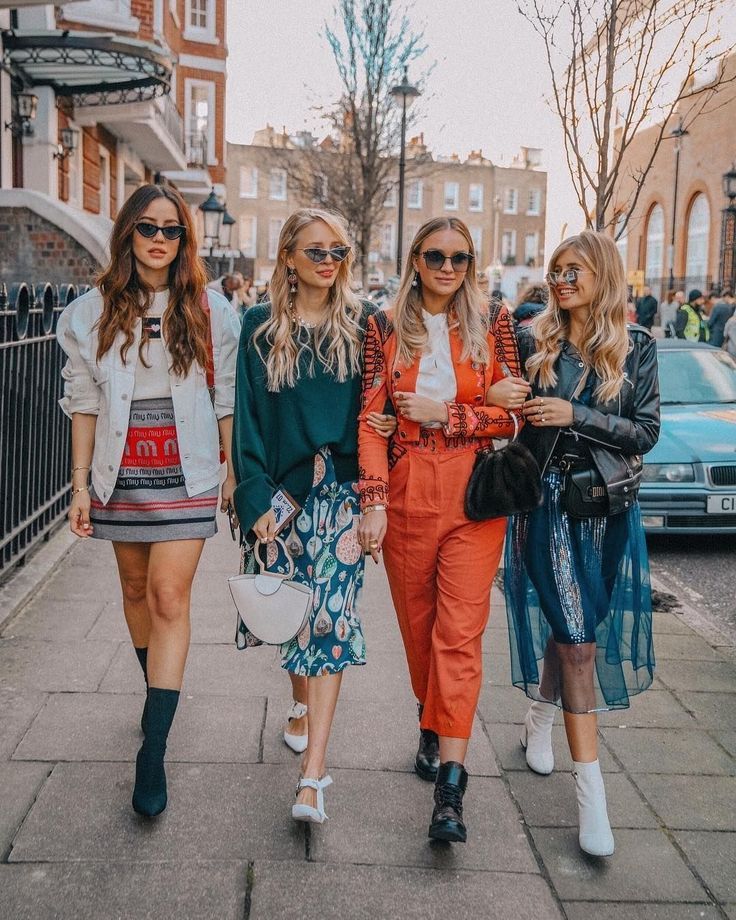Timeless Elegance: The Allure of Vintage Clothing

Introduction
Vintage clothing, with its timeless charm and unique character, has transcended the boundaries of fashion to become a beloved and enduring cultural phenomenon. These one-of-a-kind garments from the past allow wearers to connect with history, express individuality, and embrace sustainable fashion choices. In this comprehensive article, we will take a journey into the world of vintage clothing, exploring its origins, the allure of vintage fashion, sustainable aspects, and how it continues to shape the modern fashion landscape.
Origins of Vintage Clothing
1. Vintage vs. Antique
In the world of fashion, “vintage” typically refers to clothing that is at least 20 years old but less than 100 years old. Anything older than that is often considered “antique.”
2. The Rise of Vintage Fashion
The popularity of vintage clothing surged in the 1960s and 1970s when young people sought unique, non-conformist styles that deviated from mass-produced fashion.
3. Thrift and Vintage Stores
The growth of thrift and vintage stores allowed consumers to access a wide array of vintage clothing, making it more accessible to the general public.
The Allure of Vintage Fashion
1. Timeless Style
Vintage clothing offers a timeless elegance that transcends fleeting fashion trends. Classic pieces from past decades continue to inspire contemporary designers.
2. Unique Character
Each vintage piece carries a unique history, craftsmanship, and character. Wearing vintage allows individuals to tell a personal story through their clothing.
3. Sustainability
Vintage fashion aligns with the principles of sustainability. By recycling and reusing clothing, vintage enthusiasts contribute to reducing the environmental impact of fast fashion.
4. Investment Pieces
Certain vintage items can appreciate in value over time, making them not only stylish but also valuable investments.
5. Quality and Craftsmanship
Vintage clothing often exhibits superior craftsmanship and durability compared to mass-produced contemporary garments.
Sustainable Aspects of Vintage Fashion
1. Reducing Waste
One of the most significant contributions of vintage fashion to sustainability is its role in reducing textile waste. Reusing clothing items prevents them from ending up in landfills.
2. Lower Carbon Footprint
The production of new clothing items has a significant carbon footprint. Choosing vintage reduces the demand for new garment production.
3. Promoting Ethical Practices
Vintage clothing does not contribute to the exploitative labour practices often associated with the fast fashion industry.
4. Supporting Local Businesses
Vintage and thrift stores are often small, local businesses, and purchasing from them supports local economies.
5. Encouraging Slow Fashion
Vintage fashion encourages a “slow fashion” mentality, emphasising quality, longevity, and personal style over fast-paced, disposable trends.
Challenges and Considerations
1. Sizing Variability
Sizing standards have changed over the years, making it challenging to find vintage pieces that fit perfectly. Alterations may be necessary.
2. Condition
Vintage clothing may exhibit signs of wear, damage, or deterioration. It’s essential to assess the condition of items before purchasing them.
3. Rarity and Cost
Highly sought-after vintage pieces can be rare and expensive. Collectors often pay a premium for iconic items.
4. Cleaning and Preservation
Cleaning and preserving vintage clothing require special care and attention, as many older fabrics and dyes are delicate.
Influence on Modern Fashion
1. Vintage-Inspired Fashion
Contemporary designers frequently draw inspiration from vintage styles, reinterpreting classic looks for a modern audience.
2. Pop Culture Influence
Vintage fashion remains influential in pop culture, with celebrities and influencers often seen wearing vintage pieces.
3. Sustainable Fashion Movements
The rise of sustainable fashion movements aligns with the principles of vintage clothing, promoting the use of pre-owned garments.
Conclusion
Vintage clothing is not merely a fashion trend; it represents a lifestyle choice that blends style, sustainability, and individuality. The allure of vintage fashion lies in its timeless elegance, unique character, and commitment to reducing fashion’s environmental impact.
As vintage fashion continues to capture the hearts of fashion enthusiasts, it serves as a reminder that fashion is not just about what’s new but about embracing the past, appreciating quality, and preserving the environment. By choosing vintage clothing, individuals contribute to a more sustainable and stylish future while celebrating the enduring appeal of fashion from decades gone by. Vintage clothing is more than clothing; it’s a connection to history, a statement of individuality, and a commitment to a better, more stylish world.



